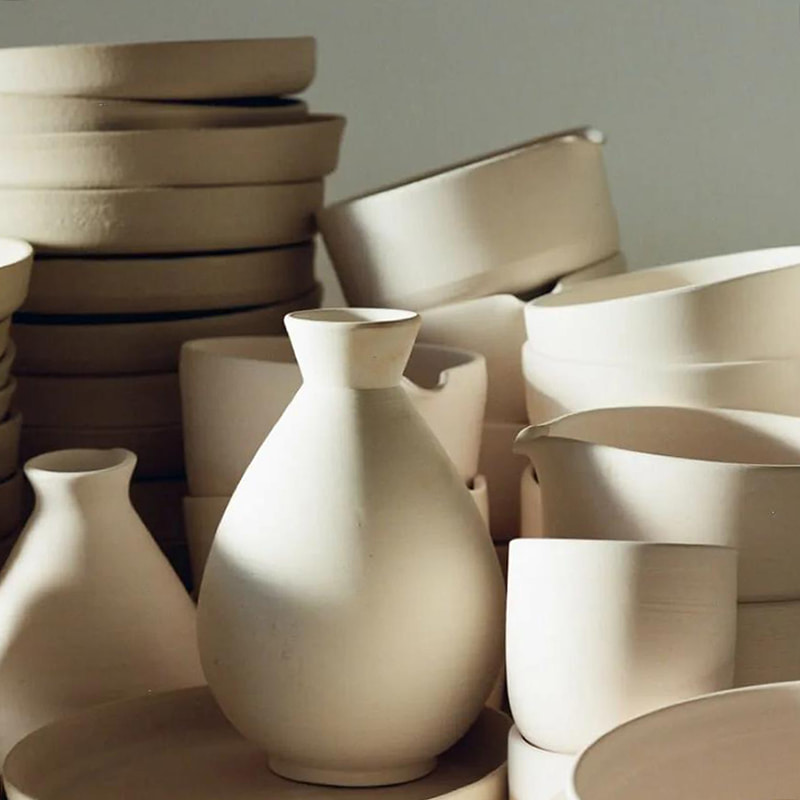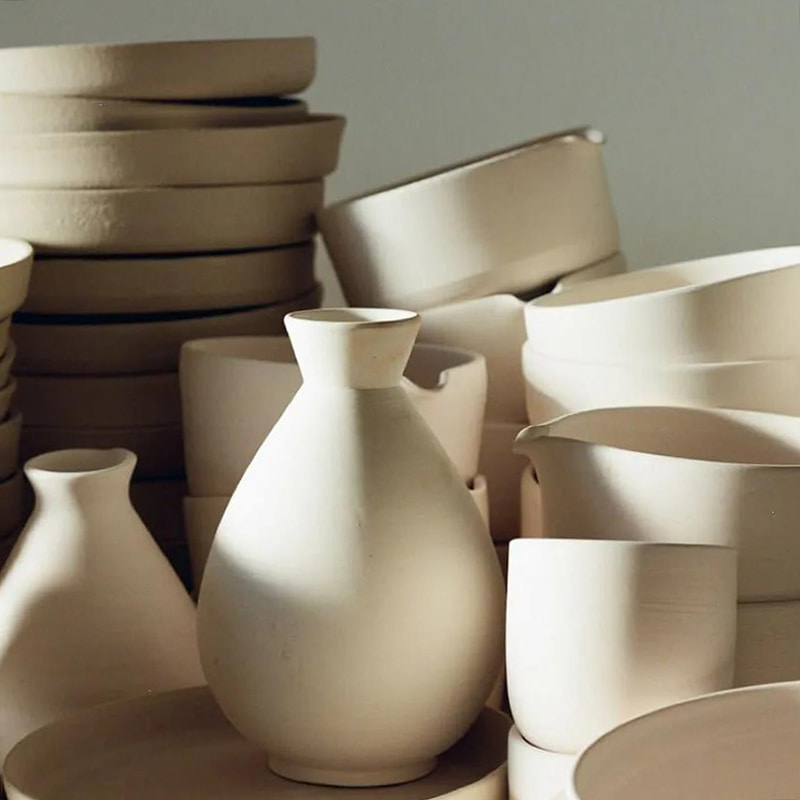Freeze-drying, also known as lyophilization, is increasingly recognized as a transformative technology for the processing of advanced ceramics and composite materials. This method involves removing solvents or moisture from materials under low-temperature and vacuum conditions, effectively preserving delicate structures while maintaining functional performance. At Sieno Freeze-drying Technology Research Institute (Jiangsu) Co., Ltd, we have leveraged decades of expertise in freeze-drying to optimize these techniques, bridging material science with advanced equipment solutions to meet industrial demands.
1. Advantages of Freeze-Drying in Material Processing
Freeze-drying offers a range of advantages over conventional drying methods, particularly when applied to ceramics and composite materials, which are often highly sensitive to thermal and mechanical stress. Traditional drying processes rely on high temperatures to evaporate water or solvents, which can result in uneven shrinkage, surface cracking, and internal voids. By contrast, freeze-drying employs sublimation, where ice transitions directly into vapor under carefully controlled vacuum and temperature conditions, minimizing structural deformation and preserving the intrinsic properties of the material.
At Sieno Freeze-drying Technology Research Institute (Jiangsu) Co., Ltd, our team has consistently focused on combining the science of freeze-dried processes with intelligent equipment design. For porous ceramics, freeze-drying ensures the retention of high surface area and open porosity, which are critical for applications in filtration, catalysis, energy storage, and biomedical scaffolds. Similarly, in composite materials, this approach maintains uniform distribution of fillers, fibers, or nanoparticles within polymer or ceramic matrices, enhancing mechanical strength, thermal conductivity, and overall durability.
Moreover, Freeze-Drying Solutions for Ceramics and Composite Materials, offering flexibility to tailor material properties according to specific application needs. By adjusting freezing rates, vacuum levels, and sublimation parameters, materials can be engineered to exhibit fine or directional porosity, optimized for either mechanical strength or fluid transport efficiency. Through strategic collaborations with experts and professors from Chinese universities and food science schools, Sieno has incorporated advanced control systems and automation into freeze-drying processes, ensuring reproducibility, scalability, and industrial-level consistency.
In addition to performance benefits, freeze-drying is an environmentally friendly solution that reduces energy consumption and minimizes the need for chemical additives. At Sieno, we continually innovate in this field, translating decades of experience from food science applications to materials engineering, ensuring that every freeze-dried ceramic or composite product meets the highest standards of precision and quality.
2. Freeze-Drying Techniques for Ceramics and Composites
The successful Freeze-Drying Solutions for Ceramics and Composite Materials depends heavily on a combination of scientific understanding and advanced equipment. The process begins with pre-freezing, where the material slurry or suspension is cooled to a predetermined temperature to form ice crystals. The size and orientation of these crystals directly influence the final pore structure of the material. Rapid freezing results in fine, evenly distributed pores, while slower freezing encourages larger, directional pores, which can be critical for applications requiring anisotropic properties, such as directional fluid flow or mechanical reinforcement.
At Sieno Freeze-drying Technology Research Institute (Jiangsu) Co., Ltd, we integrate intelligent equipment with real-time monitoring to achieve precise control over freezing dynamics, sublimation rates, and vacuum conditions. Our freeze-dryers are equipped with programmable temperature gradients, pressure sensors, and adaptive control systems, ensuring that each batch of ceramics or composites maintains structural integrity and consistency. Additionally, the incorporation of cryoprotectants and dispersing agents in composite materials prevents phase separation and aggregation during freezing, resulting in homogenous and high-performance end products.
Sublimation, the second stage of freeze-drying, must be carefully managed to avoid structural collapse. At Sieno, our process engineers optimize vacuum and temperature profiles based on material composition and slurry viscosity. This ensures that moisture is removed efficiently without compromising microstructure. We also collaborate with academic experts to study ice nucleation patterns and pore formation mechanisms, translating this fundamental research into practical processing parameters for industrial-scale production.
Furthermore, the synergy between freeze-drying technology and intelligent equipment at Sieno allows for customization of pore architecture, mechanical properties, and composite uniformity. This capability is particularly advantageous in high-value applications, such as aerospace ceramics, biomedical scaffolds, and high-performance structural composites. Our continuous research and development in freeze-drying techniques reinforce our position as a leader in material innovation and process automation.
3. Applications in Advanced Ceramics and Composites
The applications of freeze-dried ceramics and composites span multiple industries, benefiting from the unique combination of high porosity, mechanical integrity, and thermal or chemical stability achieved through controlled freeze-drying processes. Porous ceramics, for example, are widely utilized in biomedical scaffolds, filtration membranes, catalyst supports, and lightweight structural components. By preserving their microstructure, freeze-drying enables these materials to achieve superior performance in fluid transport, surface reactivity, and mechanical resilience.
For composite materials, freeze-drying facilitates the incorporation of nanoscale fillers, fibers, or hybrid reinforcements, significantly improving thermal, electrical, and mechanical properties. At Sieno Freeze-drying Technology Research Institute (Jiangsu) Co., Ltd, we have extended our expertise in freeze-dried food science to material engineering, developing hybrid techniques that maintain uniform dispersion and prevent agglomeration of additives. This approach ensures that every component of the composite contributes optimally to the overall performance.
Industries such as aerospace, energy, and biomedical engineering are increasingly adopting freeze-dried ceramics and composites for high-performance applications. Lightweight, porous ceramics reduce structural weight without compromising strength, while advanced composites with embedded nanoparticles enhance thermal management and electrical conductivity. By reducing reliance on high-temperature sintering or harmful solvents, freeze-drying also offers sustainable production pathways, aligning with modern environmental and energy efficiency goals.
Sieno’s commitment to innovation and intelligent equipment integration ensures that these advanced materials are produced with consistent quality and reproducibility. By consolidating global freeze-drying technology resources and engaging in collaborative research with top universities and food science institutions, Sieno Freeze-drying Technology Research Institute (Jiangsu) Co., Ltd not only advances material processing techniques but also drives industrial innovation, bridging the gap between laboratory research and scalable production solutions.

 English
English  русский
русский  中文简体
中文简体 








 +86- (0) 519-8578 6988
+86- (0) 519-8578 6988  +86-180 6875 7376
+86-180 6875 7376  emmy@jsblk.com
emmy@jsblk.com  Zhenglu Town, Tianning District, Changzhou City, Jiangsu Province, China
Zhenglu Town, Tianning District, Changzhou City, Jiangsu Province, China